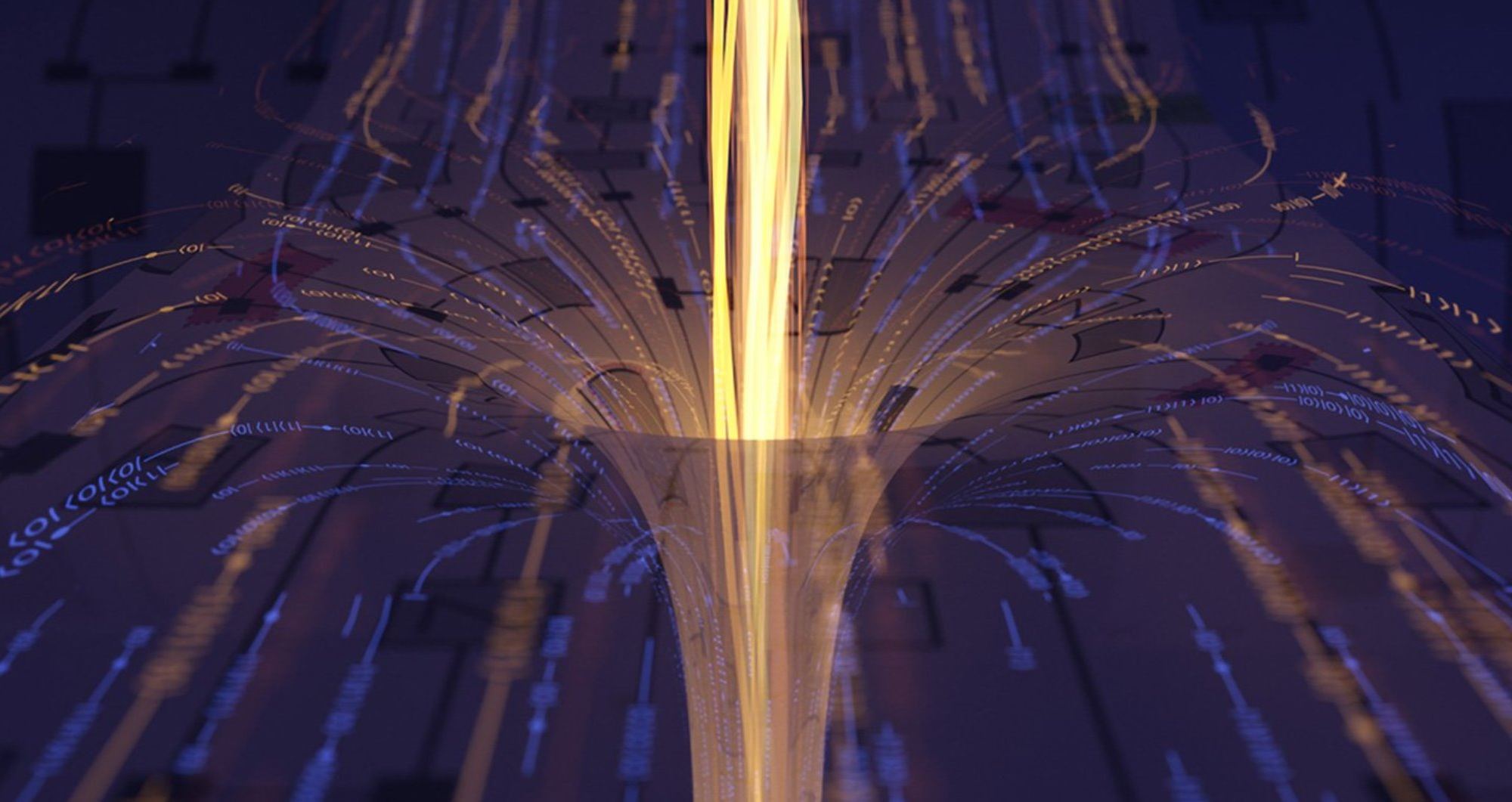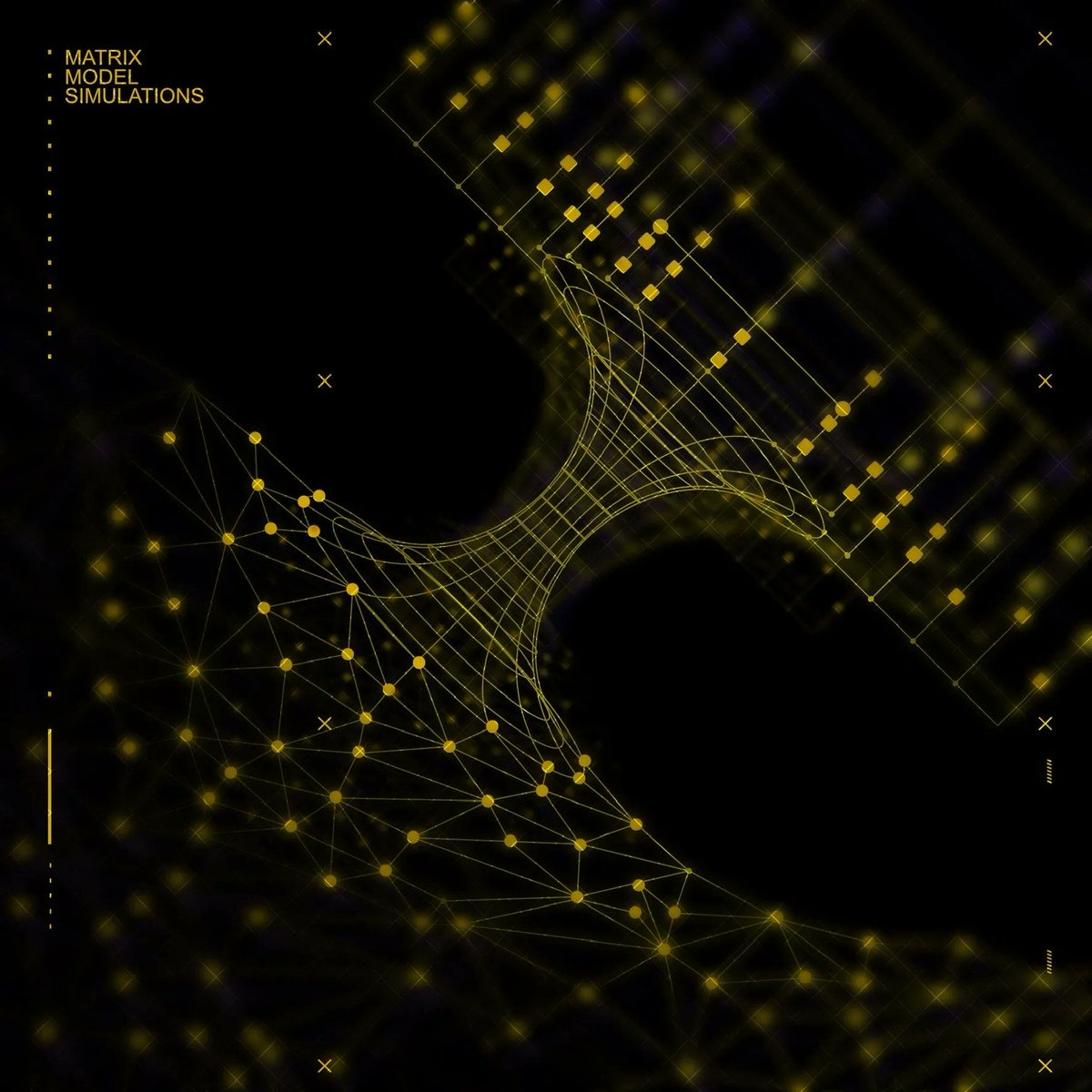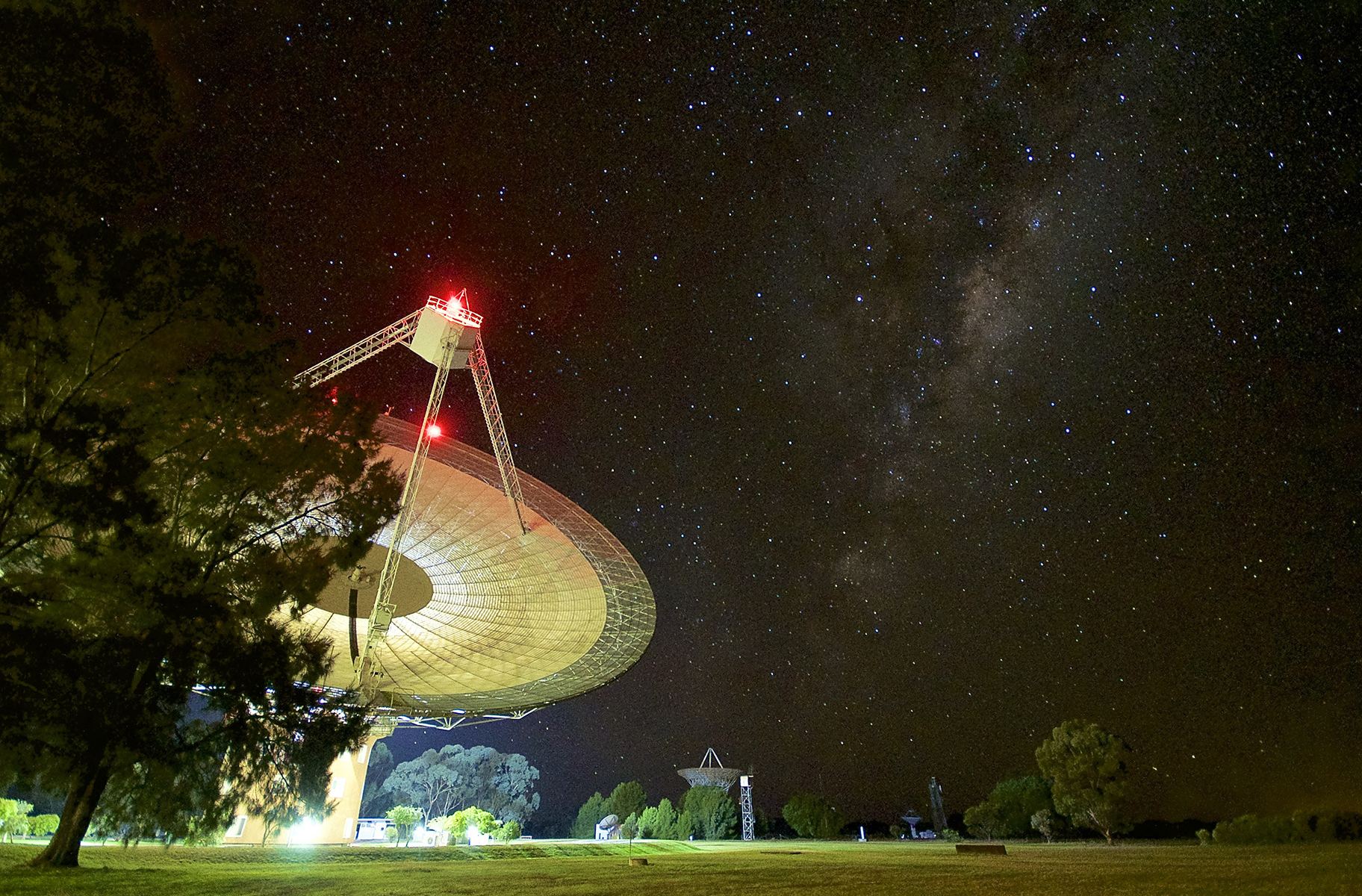Time travel. We’ve all thought about it at one time or another, and the subject has been explored extensively in science fiction. Once in a while, it is even the subject of scientific research, typically involving quantum mechanics and how the Universe’s four fundamental forces (electromagnetism, weak and strong nuclear forces, and gravity) fit together. In a recent experiment, researchers at the University of Cambridge showed that by manipulating quantum entanglements, they could simulate what could happen if the flow of time were reversed.
Continue reading “Thinking About Time Travel Helps Solve Problems in Physics”Thinking About Time Travel Helps Solve Problems in Physics





